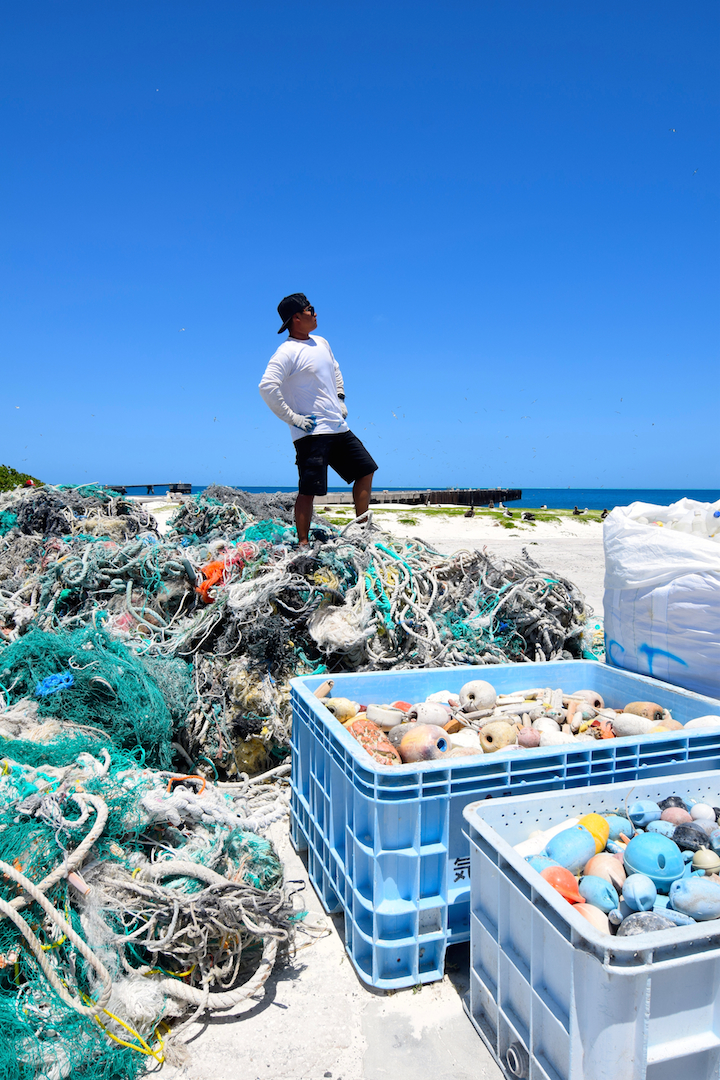Even though our chapter on Midway Atoll was coming to a close, we revelled in our victory over the immense pile of debris we removed from the beaches. Yet, our illation quickly expired as we began the difficult work of having to move the debris across the island to the loading pier, where the ship would pick it up.
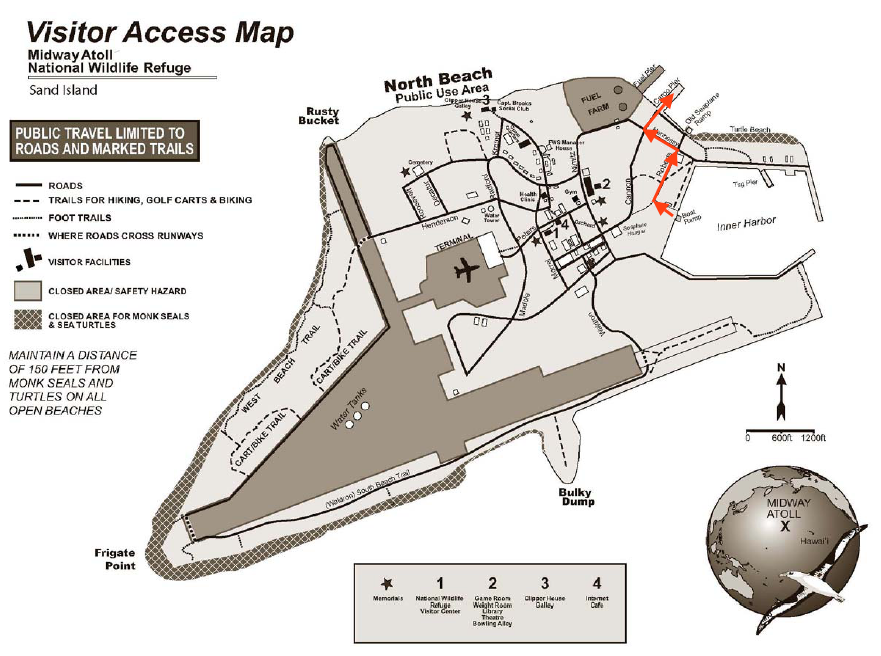
Luckily we were able to use a fleet of telehandlers and tiny pickup trucks (called tiger trucks) to move the debris approximately 1km to the site where the ship would arrive.
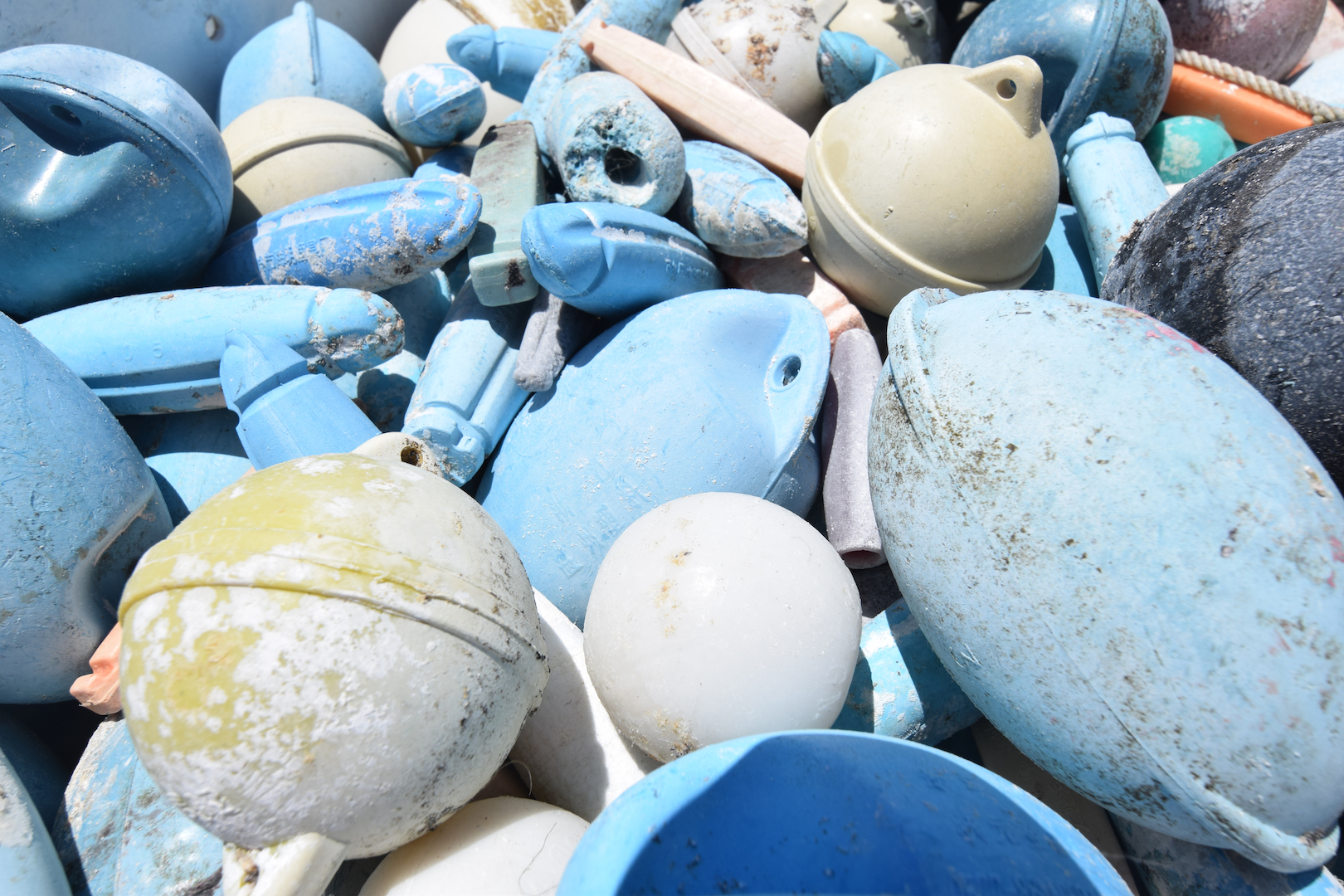
Hard plastic fishing floats could be found everywhere around the Atoll. Luckily these were pretty light weight, but they would take up a lot of space in our bags.
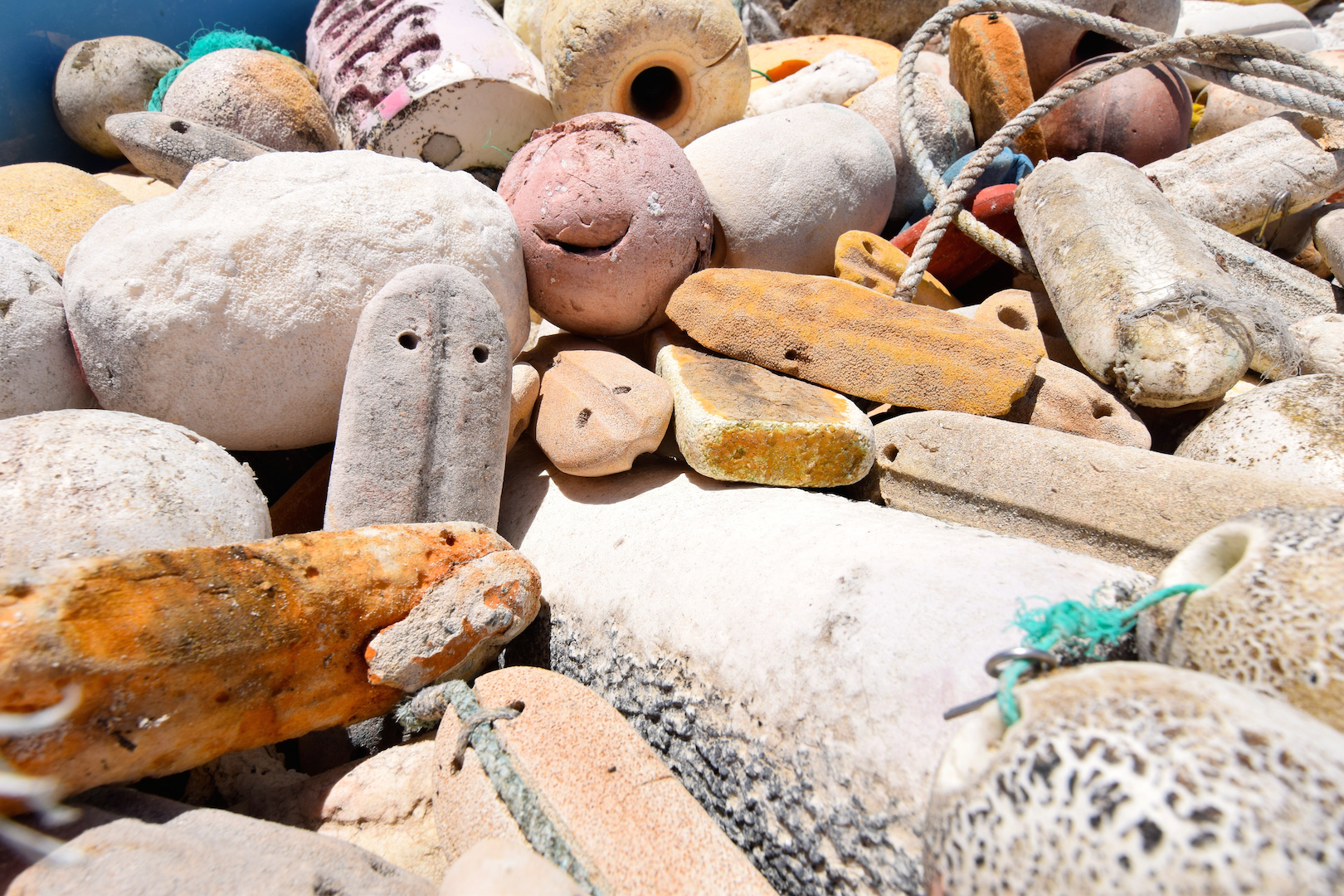
Foam floats were also ubiquitous and could often be found tied together.
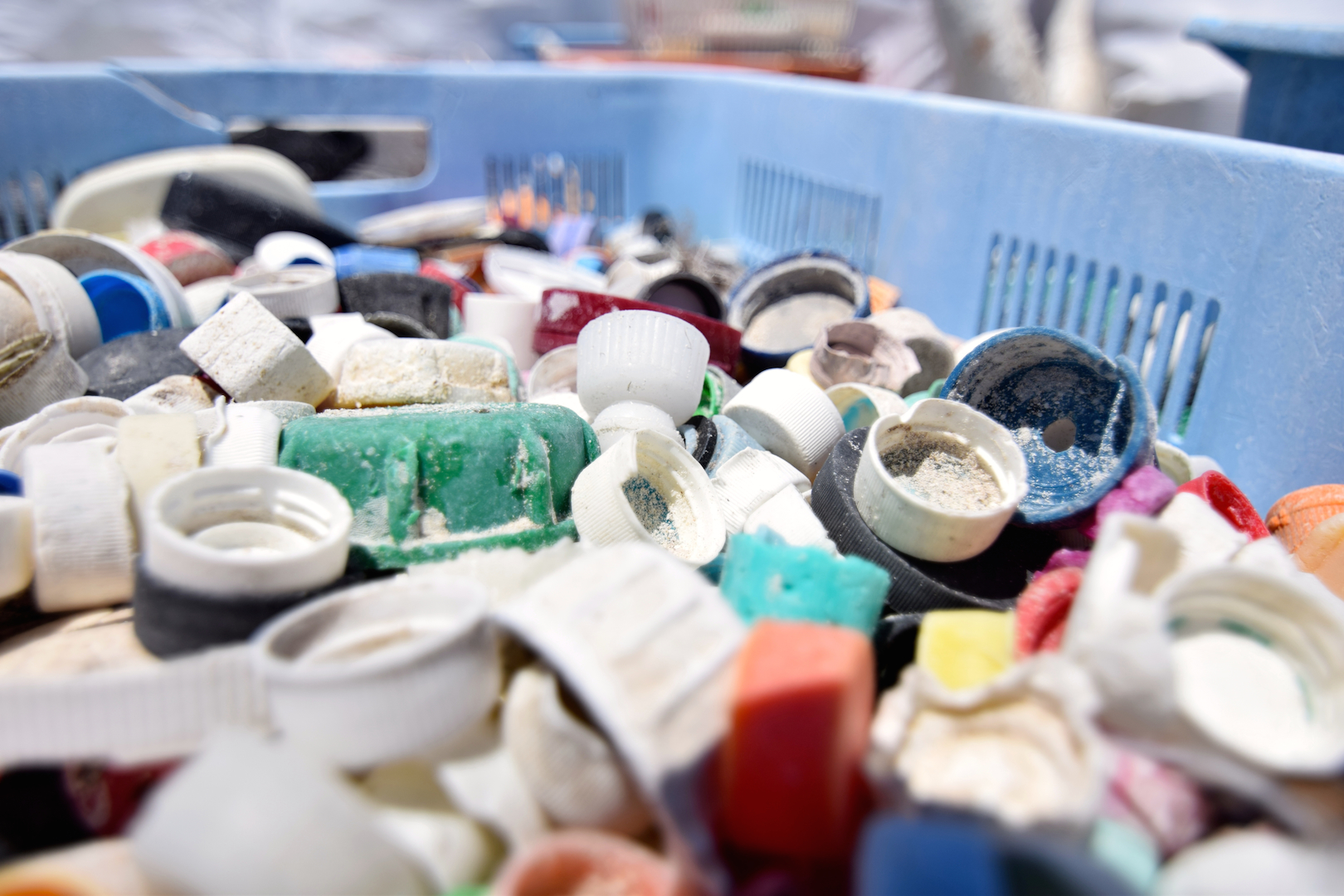
Plastic container caps were ridiculously abundant on the beaches of Midway. The worst part about these was how frail they were. If you were not careful with them, they would disintegrate into a dozen small fragments, which were much more difficult to recover.

Anybody missing a shoe?
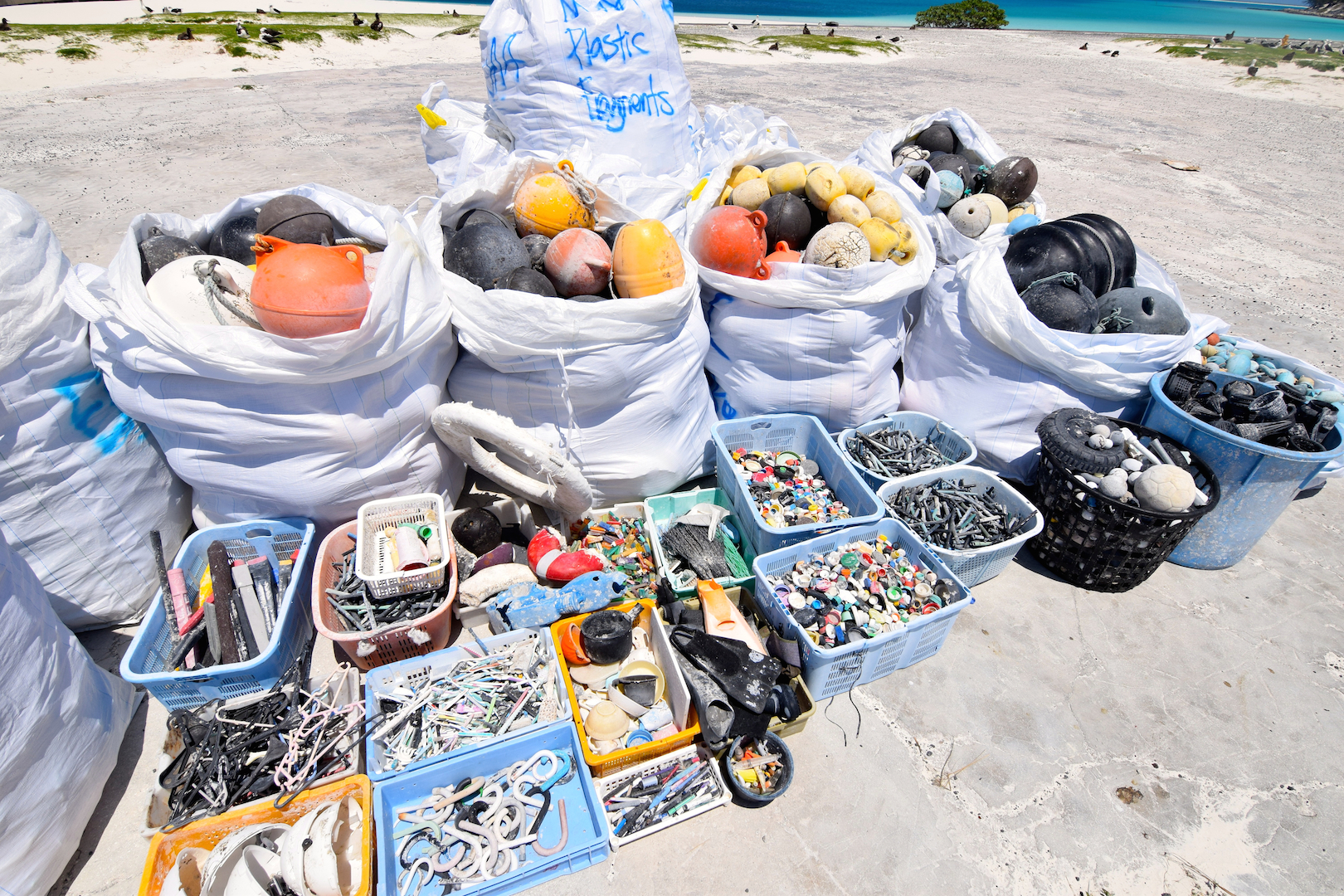
I must admit, many of the objects we picked up did not surprise me. I expected us to pick up a ton of boating and fishing related gear (fenders, floats, line, lures, nets…). However, I was completely surprised by the amount of random junk we found on the beaches. Describing the objects starting from the top left and working our way across and down the photo, we have: buoys, some sort of survey markers, oyster spacer tubes, flashlights, bowling balls, life rings, cigarette lighters, brooms and brushes, bottle caps, plastic tubing, baseballs and toys, eel cone traps, floats, hangers, toothbrushes, fins, hardhats, umbrella handles, pens, lures/squid jigs (as well as heaps of shoes, bottles/containers and nets) and the baskets and bins that the objects were sorted into. Many of these object pose a direct threat of entanglement to the wildlife around the islands, others can be mistaken for prey and swallowed. Some of the items can be choked on by sea turtles, seals and birds, while others may be ingested but never digested. The indigestible plastics will bioaccumulate as they make their way through the trophic levels. On several occasions we found decaying albatross carcasses with guts were full of plastics.
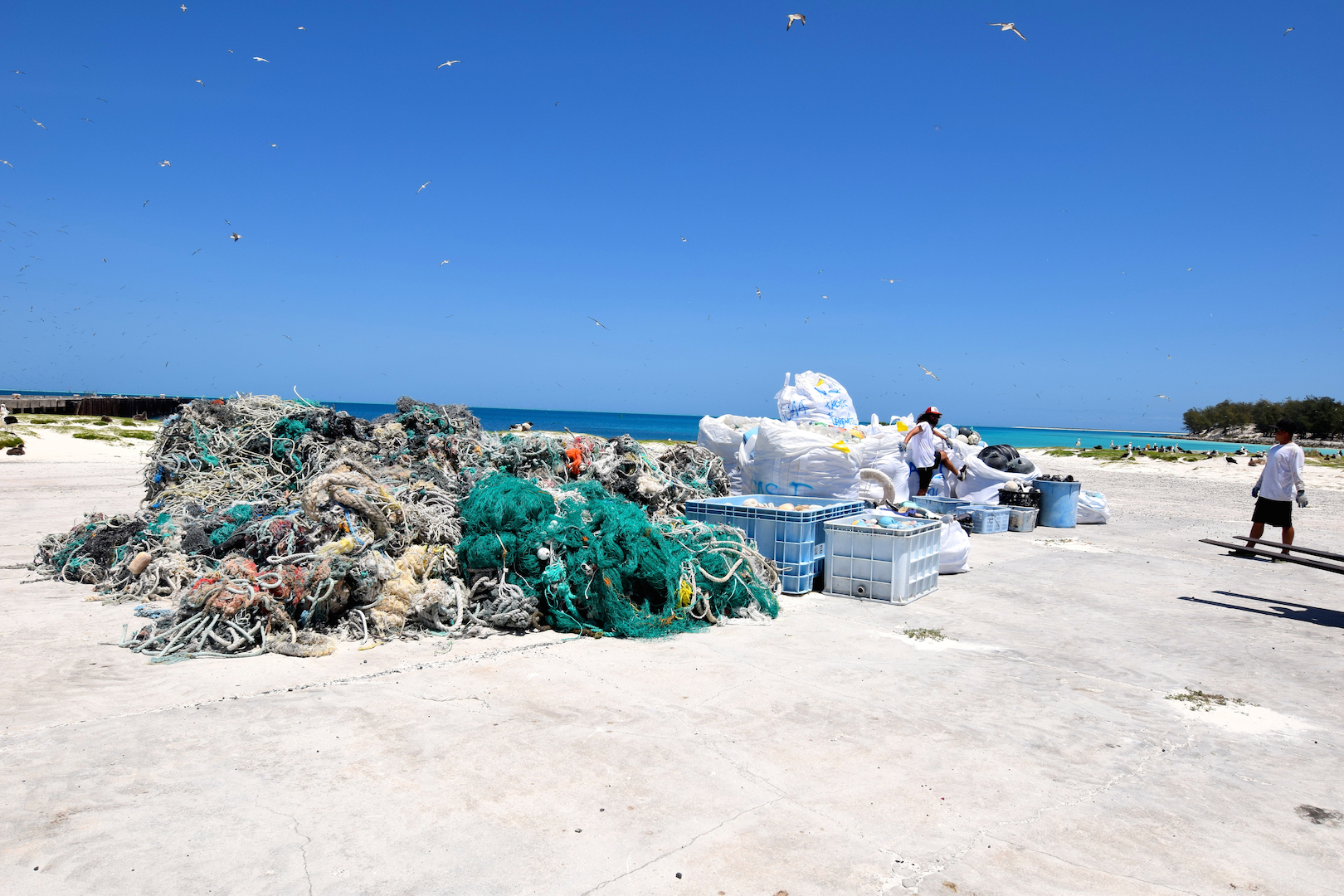
Every object we collected was counted and weighed. In less than two weeks, we removed over 15,000 lbs of debris from Midway Atoll alone. I had always heard that if we were not careful with our garbage, that it could wash into the sea and harm our environment but never really though much of it. Yet, seeing the degree to which unchecked pollution can impact a tiny group of islands thousands of miles away from civilization was truly eye opening. If this derelict fishing gear is putting endangered species (Hawaiian Monk Seal, Short-Tailed Albatross…) at risk, should the fisheries which employed these materials be considered sustainable? This is the type of stuff I would expect to find in a scuzzy industrial harbor, not a “pristine” wildlife sanctuary. Please do your part. Reduce your use of disposable plastic items, reuse plastics whenever possible and please try to recycle.
